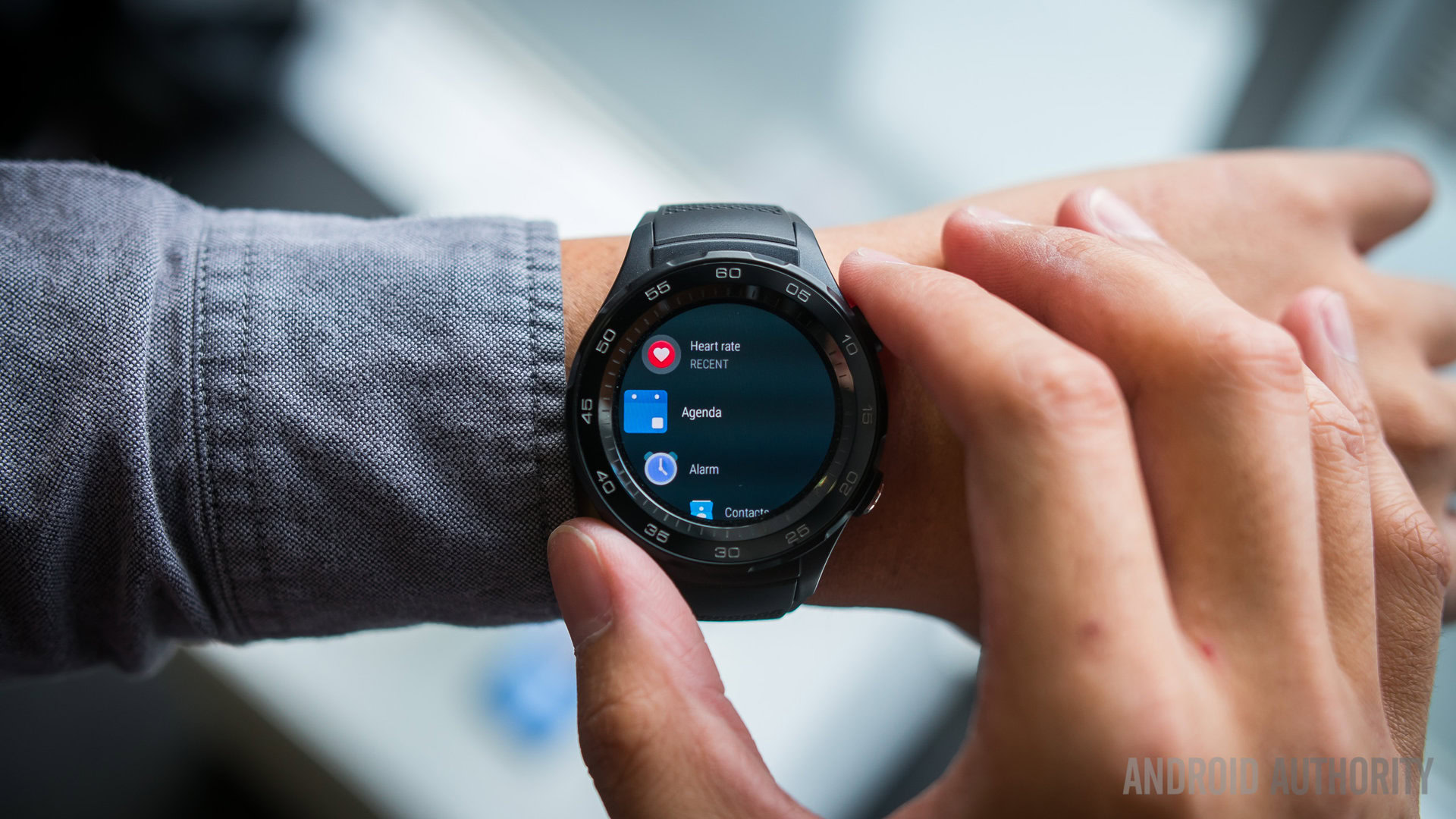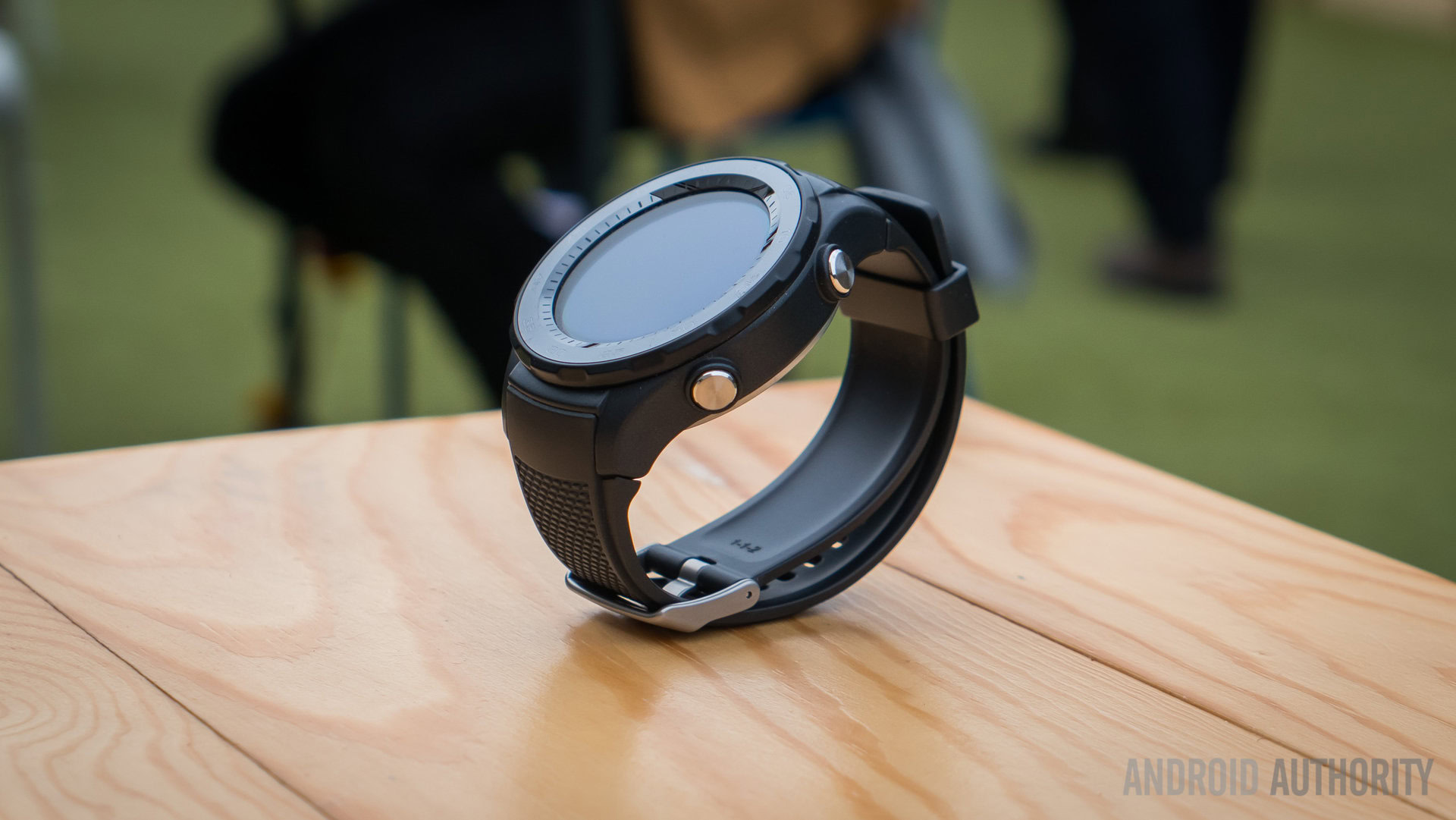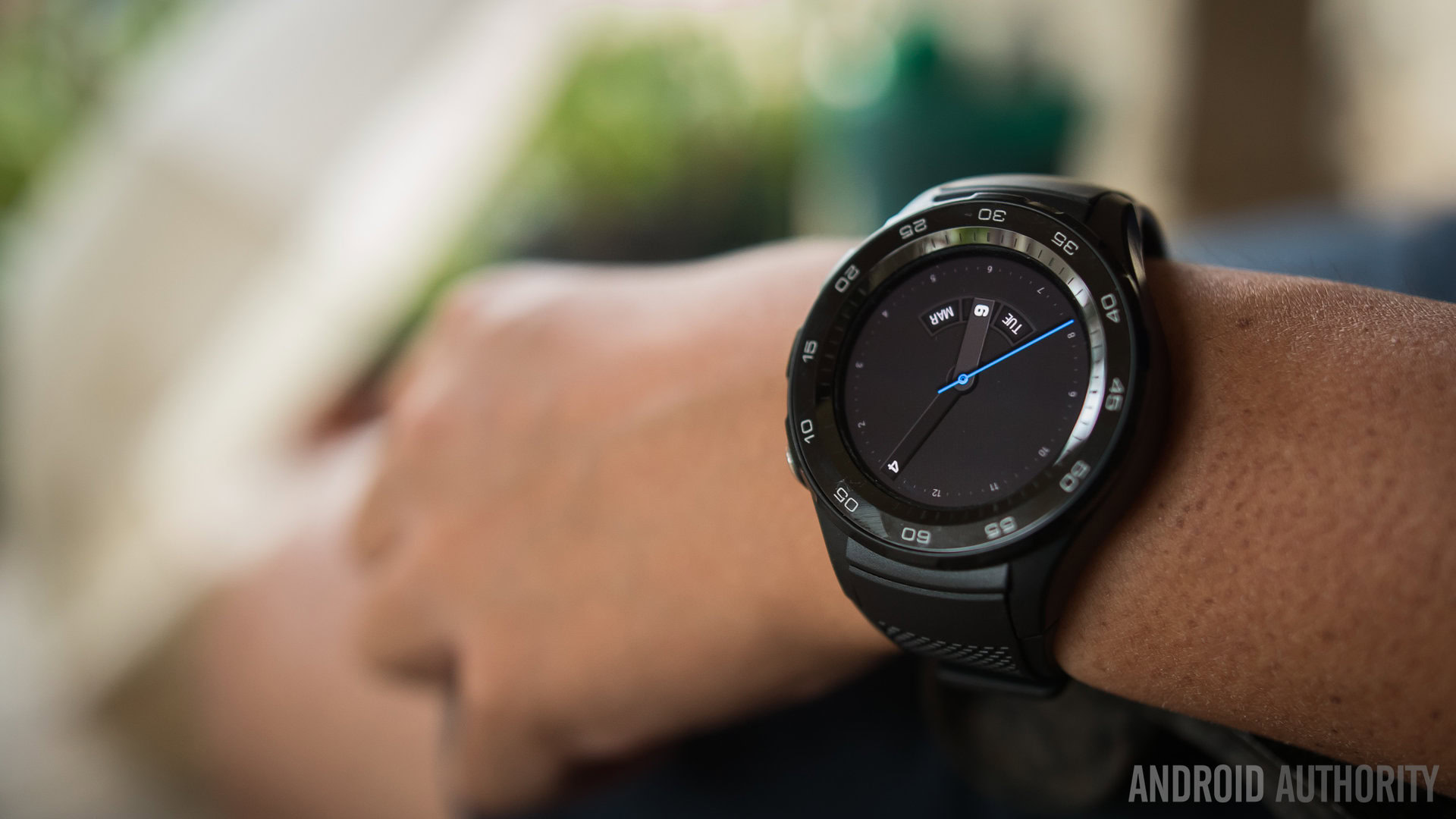Affiliate links on Android Authority may earn us a commission. Learn more.
Wearables market grew 16.9% in Q4 2016, if you can believe it

Smartwatches: are they coming in or going out? It’s a question that’s been prompted intermittently during the short life of these wearables. They arrived to the market lacking a strong hook, mixing fashion — with wildly varying degrees of success — fitness features, limited app functionality, bad battery life and price tags in the hundreds of dollars.
Not exactly a recipe for must-have tech, right?
Things may have taken a bit of a turn towards the end of last year, however, as a new report from research company International Data Corporation (IDC) suggests that wearable shipments grew 16.9% in Q4, 2016, reaching an all-time high in terms of shipment volumes (33.9 million units).
The festive period, and a growing awareness of the products in general, will have contributed, but what else is behind this boost?
IDC has a couple of suggestions. The first and least interesting is that more vendors are producing them (even Google is going to produce a pair this year). Then, there’s the fact that they’re becoming more independent, with increasing number of them featuring a SIM option so that they can be unshackled from a phone.

Jitesh Ubrani, senior research analyst for IDC Mobile Device Trackers, had this to say: “As the technology disappears into the background, hybrid watches and other fashion accessories with fitness tracking are starting to gain traction. This presents an opportunity to sell multiple wearables to a single consumer under the guise of ‘fashion.’”
Under the guise of fashion. In other words: if a manufacturer can hide the “smart” aspect of it — the Android or Apple software part that does the fancy stuff — they could shift more units.
It sounds counter-intuitive but it actually makes sense. Smart devices, especially phones, are outdated very quickly, while mechanical watches often last decades: working the fashion/hybrid angle is a relatively simple way to bypass that obsolescence worry, and IDC’s research indicates that consumers could fall for it find that appealing.

So wearables have seen a not-all-that-significant increase in shipments for a recent quarter, and that’s all well and good. But for smartwatches to really catch on, I still think they’re going to need to find that niche, that thing they can do that nothing else can do.
You have watches which are fashion accessories that tell the time. You have wristbands that track steps. You have handheld devices which show notifications (those “smartphone” things people keep talking about). I don’t think it’s going to be enough to just keep pushing out smartwatches with those established elements, and expect them to become an essential purchase, you know?
The alternative to a smartphone, for a similar experience, is carrying around a feature phone — which can basically call and text — or a SIM compatible tablet, which is massive. Neither are practical solutions.
The alternative to carrying a smartwatch, for a similar experience, is carrying a smartphone: and it’s a highly effective solution. Until that changes, there’s still going to be a barrier for the less fashion-conscious consumer to invest in the technology. And there’s plenty out there who favor substance over style.
That’s my take on the wearables situation, what’s yours? Let me know in the comments.